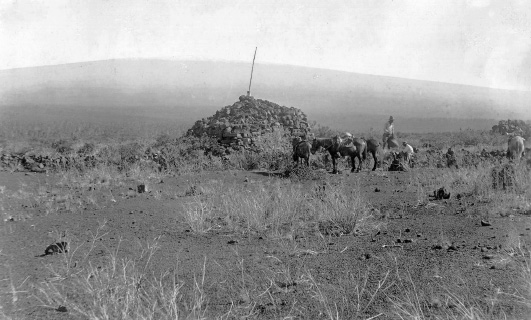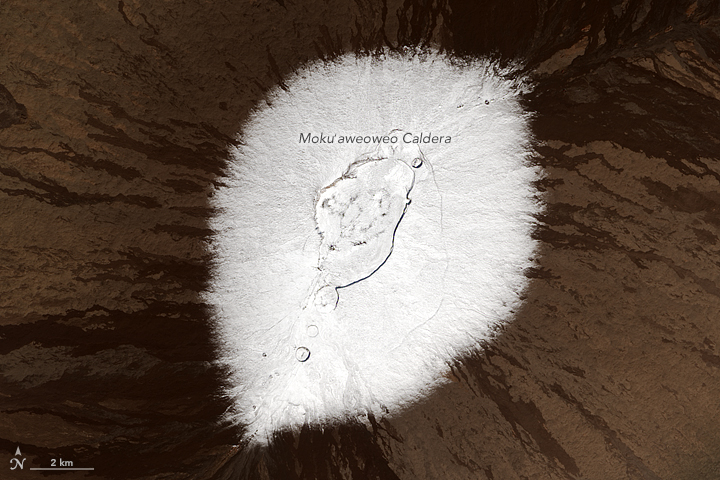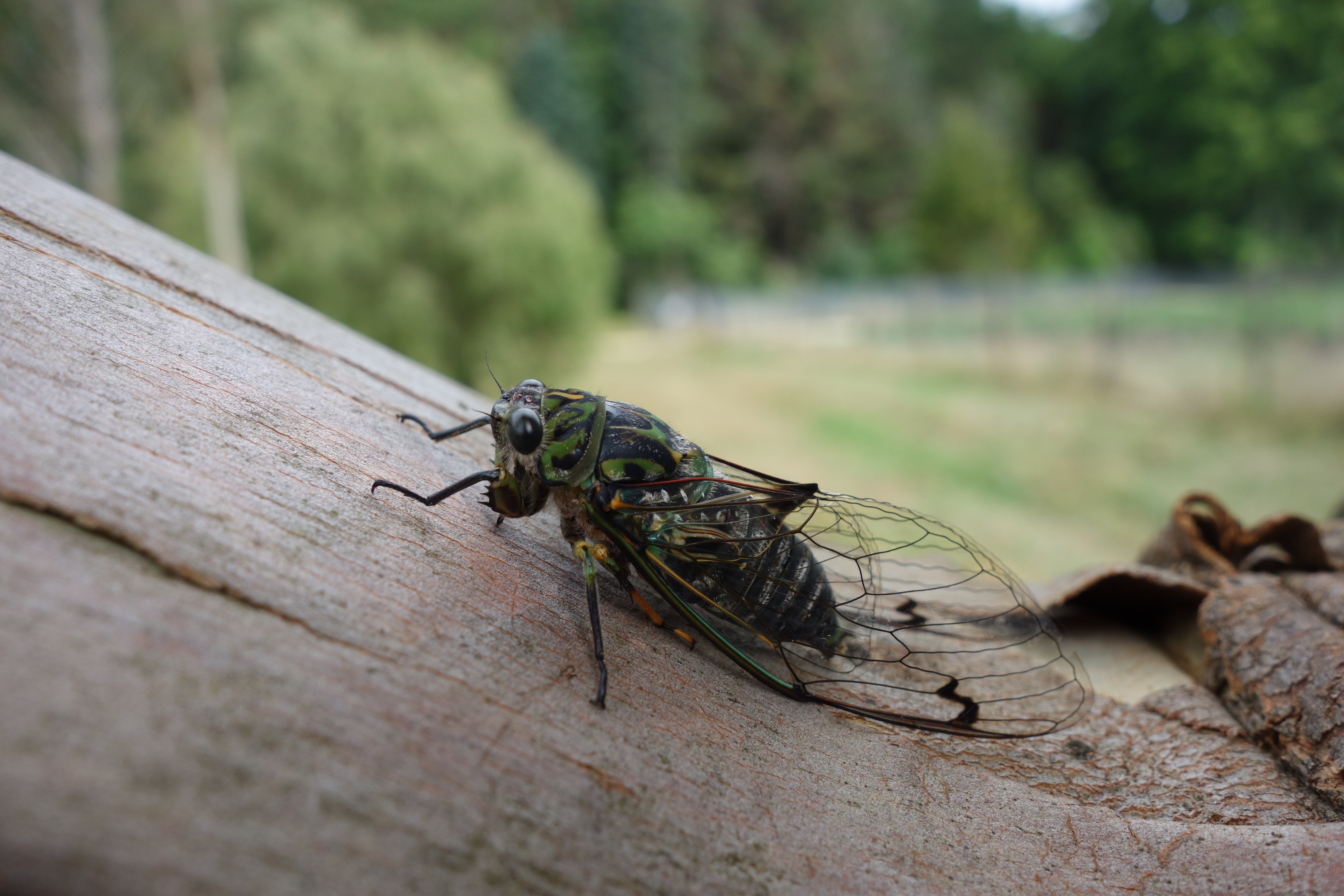|
Hesperocnide Sandwicensis
''Hesperocnide sandwicensis'', the Hawai'i stingingnettle, is a rare species of nettle endemic to the island of Hawai'i. Less than 1000 plants from only 3 occurrences are estimated to exist due to grazing pressure from invasive sheep, goats, and pigs. The closest relative of ''H. sandwicensis'', and the only other species in the genus ''Hesperocnide'', is the California endemic '' Hesperocnide tenella''. Description ''Hesperocnide sandwicensis'' is an annual nettle, growing 20-60cm tall. Leaves and stems are covered in small hairs, with leaves growing 1.5-7cm in length. Unlike other Hawaiian nettles which lost their ability to sting due to a lack of large herbivores, ''H. sandwicensis'' has retained this ability and its hairs can provide a painful sting if touched. Distribution and habitat ''Hesperocnide sandwicensis'' grows only in the understory of subalpine dry forests on the volcanic slopes of Mauna Kea, Mauna Loa Mauna Loa (, ; ) is one of five volcanoes that ... [...More Info...] [...Related Items...] OR: [Wikipedia] [Google] [Baidu] [Amazon] |
Urticaceae
The Urticaceae are a family, the nettle family, of flowering plants. The family name comes from the genus ''Urtica''. The Urticaceae include a number of well-known and useful plants, including nettles in the genus ''Urtica'', ramie (''Boehmeria nivea''), māmaki ('' Pipturus albidus''), and ajlai ('' Debregeasia saeneb''). The family includes about 2,625 species, grouped into 53 genera according to the database of the Royal Botanic Gardens, Kew and Christenhusz and Byng (2016). The largest genera are '' Pilea'' (500 to 715 species), '' Elatostema'' (300 species), ''Urtica'' (80 species), and '' Cecropia'' (75 species). '' Cecropia'' contains many myrmecophytes. Urticaceae species can be found worldwide, apart from the polar regions. Description Urticaceae species can be shrubs (e.g. '' Pilea''), lianas, herbs (e.g. ''Urtica'', '' Parietaria''), or, rarely, trees ('' Dendrocnide'', '' Cecropia''). Their leaves are usually entire and bear stipules. Urticating (stinging) hairs ... [...More Info...] [...Related Items...] OR: [Wikipedia] [Google] [Baidu] [Amazon] |
Hawaii (island)
Hawaii is the List of islands of the United States by area, largest island in the United States, located in the Hawaii, state of Hawaii, the southernmost state in the union. It is the southeasternmost of the Hawaiian Islands, a chain of volcanic islands in the Pacific Ocean, North Pacific Ocean. With an area of , it has 63% of the Hawaiian archipelago's combined landmass. However, it has only 13% of the archipelago's population. The island of Hawaii is the third largest island in Polynesia, behind the North Island, North and South Islands of New Zealand. The island is often referred to as the Island of Hawaii or Hawaii Island to distinguish it from the state. It is also referred to as The Big Island, due to its size relative to the other islands. In Hawaiian language, Hawaiian, the island is sometimes called ''Moku o Keawe''. The word ''keawe'' has several meanings. One definition, "southern cross", is said to be the name of an ancient chief. Another definition is "the bearer". ... [...More Info...] [...Related Items...] OR: [Wikipedia] [Google] [Baidu] [Amazon] |
Hesperocnide Tenella
''Hesperocnide tenella'', also known as western nettle or western stingingnettle, is native to California and northern Baja California. It grows in chaparral, oak woodland, and coastal sage scrub communities up to elevation. Description ''Hesperocnide tenella'' is an annual plant with slender erect stems that do not exceed 50 centimeters. Like many other nettles, it has stinging hairs that contain formic acid. In addition, there are delicate hooked hairs on the calyx. The leaves are ovate, somewhat thin, and opposite in arrangement; the leaves are toothed along the sides, so they appear heavily serrated. The inflorescences are round and head-like; they contain both pistillate and staminate flowers. The pistillate flowers have 2 to 4 sepals that are equal and fused to almost the tip, and one ovary. The staminate flowers have 4 sepals and 4 stamens. The flowers measure about a millimeter long. The fruit produced by the flowers are lenticular achenes and are enclosed by the c ... [...More Info...] [...Related Items...] OR: [Wikipedia] [Google] [Baidu] [Amazon] |
Hawaiian Tropical Dry Forests
Hawaiian tropical dry forests are a tropical dry broadleaf forest ecoregion in the Hawaiian Islands. They cover an area of on the leeward side of the main islands and the summits of Niihau and Kahoolawe. These forests are either seasonal or sclerophyllous. Annual rainfall is less than and may be as low as . The rainy season there lasts from November to March. Dominant tree species include ''koa'' (''Acacia koa''), ''koaia'' ('' A. koaia''), ''akoko'' (''Euphorbia'' spp.), ''ōhia'' lehua (''Metrosideros polymorpha''), ''lonomea'' ('' Sapindus oahuensis''), ''māmane'' (''Sophora chrysophylla''), ''loulu'' (''Pritchardia'' spp.), ''lama'' ('' Diospyros sandwicensis''), ''olopua'' ('' Nestegis sandwicensis''), ''wiliwili'' ('' Erythrina sandwicensis''), ''ohe makai'' (''Polyscias sandwicensis''), and ''iliahi'' (''Santalum'' spp.). Endemic plant species include ''hau heleula'' (''Kokia cookei''), ''uhiuhi'' ('' Caesalpinia kavaiensis''), and '' Gouania'' spp. The '' palila'' (' ... [...More Info...] [...Related Items...] OR: [Wikipedia] [Google] [Baidu] [Amazon] |
Mauna Kea
Mauna Kea (, ; abbreviation for ''Mauna a Wākea''); is a dormant Shield volcano, shield volcano on the Hawaii (island), island of Hawaii. Its peak is above sea level, making it the List of U.S. states by elevation, highest point in Hawaii and List of islands by highest point, the island with the second highest high point, behind New Guinea, the world's largest tropical island with multiple peaks that are higher. The peak is about higher than Mauna Loa, its more massive neighbor. Mauna Kea is unusually Topographic prominence, topographically prominent for its height: its prominence from sea level is List of mountain peaks by prominence, 15th in the world among mountains, at ; its prominence from under the ocean is , rivaled only by Mount Everest. This Topographic prominence#Wet prominence and dry prominence, dry prominence is greater than Everest's height above sea level of , and some authorities have labeled Mauna Kea the tallest mountain in the world, from its underwater ba ... [...More Info...] [...Related Items...] OR: [Wikipedia] [Google] [Baidu] [Amazon] |
Mauna Loa
Mauna Loa (, ; ) is one of five volcanoes that form the Island of Hawaii in the U.S. state of Hawaii in the Pacific Ocean. Mauna Loa is Earth's largest active volcano by both mass and volume. It was historically considered to be the largest volcano on Earth until the submarine mountain Tamu Massif was discovered to be larger. Mauna Loa is a shield volcano with relatively gentle slopes, and a volume estimated at , although its peak is about lower than that of its neighbor, Mauna Kea. Lava eruptions from Mauna Loa are silica-poor and very fluid, and tend to be non-explosive. Mauna Loa has likely been erupting for at least 700,000 years, and may have emerged above sea level about 400,000 years ago. Some dated rocks are 470,000 years old. The volcano's magma comes from the Hawaii hotspot, which has been responsible for the creation of the Hawaiian Island chain over tens of millions of years. The slow drift of the Pacific Plate will eventually carry Mauna Lo ... [...More Info...] [...Related Items...] OR: [Wikipedia] [Google] [Baidu] [Amazon] |
Hualālai
Hualālai (pronounced in Hawaiian) is an active volcano on the island of Hawaii in the Hawaiian Islands. It is the westernmost, third-youngest and the third-most active of the five volcanoes that form the island of Hawaii, following Kīlauea and the much larger Mauna Loa. Its peak stands above sea level. Hualālai is estimated to have risen above sea level about 300,000 years ago. Despite maintaining a very low level of activity since its last eruption in 1801, and being unusually inactive for the last 2,000 years, Hualālai is still considered active, and is expected to erupt again sometime in the next 100 years. The relative unpreparedness of the residents in the area caused by the lull in activity would worsen an eruption's consequences. The area near Hualālai has been inhabited for centuries by Hawaiian natives, dating back to before recorded history. The coast to its west in particular had several royal complexes. The volcano is also important ecologically, is home to ... [...More Info...] [...Related Items...] OR: [Wikipedia] [Google] [Baidu] [Amazon] |
Endemic Flora Of Hawaii
Endemism is the state of a species being found only in a single defined geographic location, such as an island, state, nation, country or other defined zone; organisms that are indigenous to a place are not endemic to it if they are also found elsewhere. For example, the Cape sugarbird is found exclusively in southwestern South Africa and is therefore said to be ''endemic'' to that particular part of the world. An endemic species can also be referred to as an ''endemism'' or, in scientific literature, as an ''endemite''. Similarly, many species found in the Western ghats of India are examples of endemism. Endemism is an important concept in conservation biology for measuring biodiversity in a particular place and evaluating the risk of extinction for species. Endemism is also of interest in evolutionary biology, because it provides clues about how changes in the environment cause species to undergo range shifts (potentially expanding their range into a larger area or becomin ... [...More Info...] [...Related Items...] OR: [Wikipedia] [Google] [Baidu] [Amazon] |
Plants Described In 1869
Plants are the eukaryotes that form the Kingdom (biology), kingdom Plantae; they are predominantly Photosynthesis, photosynthetic. This means that they obtain their energy from sunlight, using chloroplasts derived from endosymbiosis with cyanobacteria to produce sugars from carbon dioxide and water, using the green pigment chlorophyll. Exceptions are parasitic plants that have lost the genes for chlorophyll and photosynthesis, and obtain their energy from other plants or fungi. Most plants are multicellular organism, multicellular, except for some green algae. Historically, as in Aristotle's biology, the plant kingdom encompassed all living things that were not animals, and included algae and fungi. Definitions have narrowed since then; current definitions exclude fungi and some of the algae. By the definition used in this article, plants form the clade Viridiplantae (green plants), which consists of the green algae and the embryophytes or land plants (hornworts, liverworts ... [...More Info...] [...Related Items...] OR: [Wikipedia] [Google] [Baidu] [Amazon] |
Taxa Named By Hugh Algernon Weddell
In biology, a taxon (back-formation from ''taxonomy''; : taxa) is a group of one or more populations of an organism or organisms seen by taxonomists to form a unit. Although neither is required, a taxon is usually known by a particular name and given a particular ranking, especially if and when it is accepted or becomes established. It is very common, however, for taxonomists to remain at odds over what belongs to a taxon and the criteria used for inclusion, especially in the context of rank-based (" Linnaean") nomenclature (much less so under phylogenetic nomenclature). If a taxon is given a formal scientific name, its use is then governed by one of the nomenclature codes specifying which scientific name is correct for a particular grouping. Initial attempts at classifying and ordering organisms (plants and animals) were presumably set forth in prehistoric times by hunter-gatherers, as suggested by the fairly sophisticated folk taxonomies. Much later, Aristotle, and later still ... [...More Info...] [...Related Items...] OR: [Wikipedia] [Google] [Baidu] [Amazon] |






